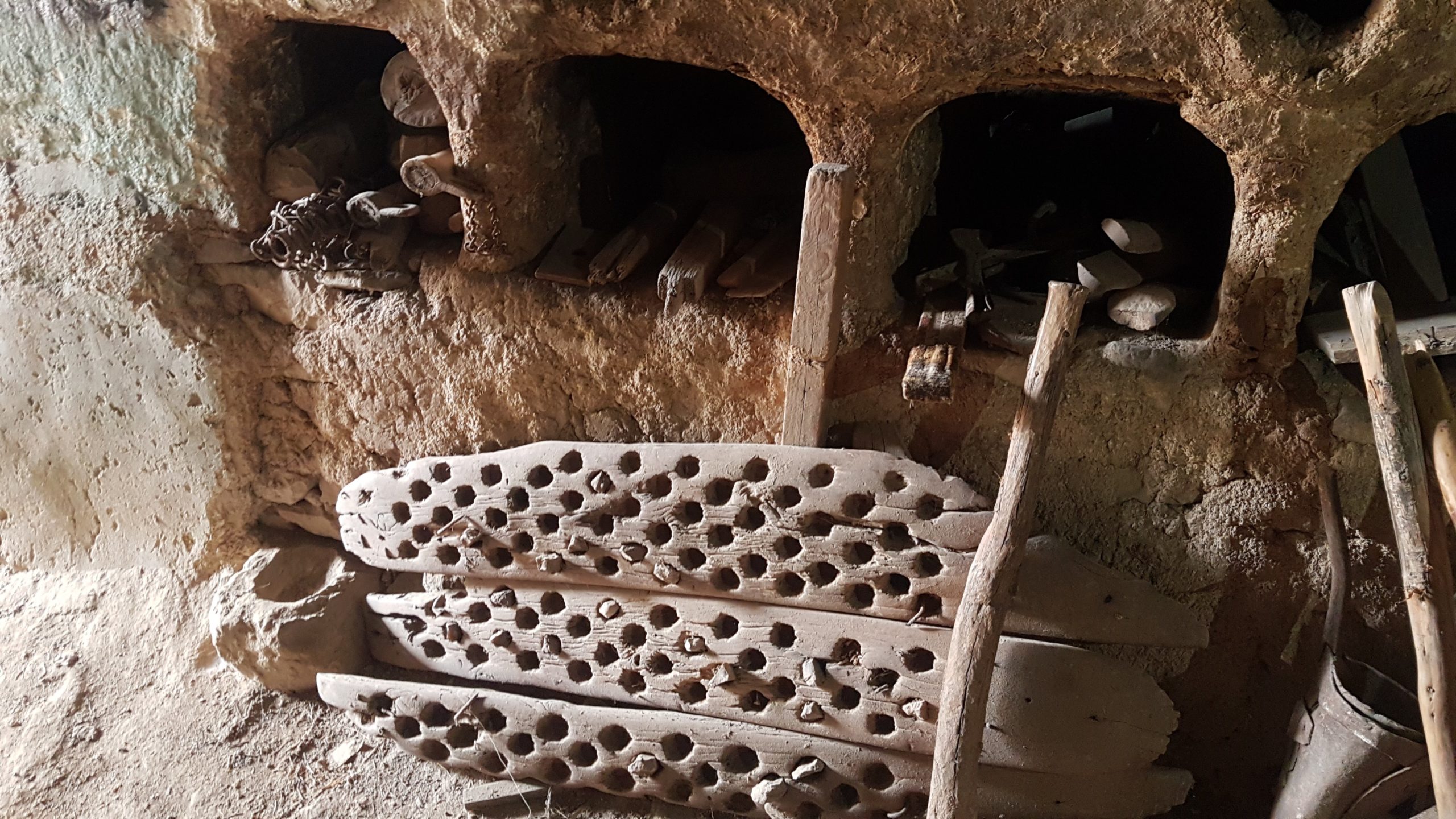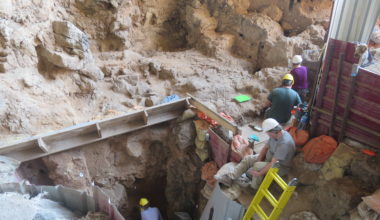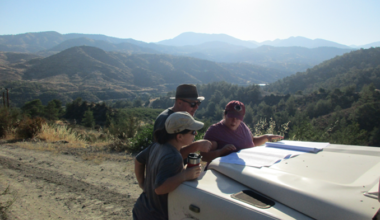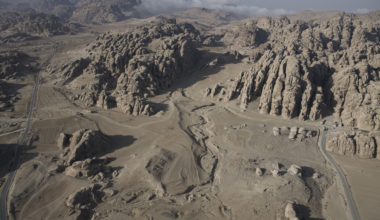
By Sarah Elliott, British Academy Postdoctoral Fellow in partnership with CBRL.
Since my first lecture on archaeological science in 2006 and my introduction to the Middle East in 2008 I have been interested in using scientific methodologies with archaeology to help understand and interpret archaeological contexts, specifically focusing on the Neolithic. The Neolithic represents the period where people transitioned from nomadic hunter-gatherers to semi-sedentary and eventually sedentary farmers from approximately 12,000 years ago. This is a period of extensive change with the emergence of the first villages, the first domesticated animals and the first domesticated plants.
My PHD research specifically focused on Neolithic sites in the Zagros Mountains of Iraq and Iran, but since 2014 I have been focusing on using scientific archaeology in Jordan. Initially I worked on the INEA Project, which was co-directed by Bournemouth University and the CBRL. In order to continue this work and develop the next stage of the research I moved to Jordan for one year between 2015 and 2016 as a CBRL Visiting Postdoctoral Fellow at the British Institute in Amman (BIA). During this year I collected a wide range of archaeological and modern samples. I was recently awarded three years funding from the British Academy to be based at Bournemouth University in partnership with CBRL to continue this research which applies scientific approaches to the analysis and interpretation of Neolithic villages in Jordan. My British Academy fellowship started in January 2019 and I am currently planning more field trips and excavations for the Spring of 2019.
My research involves examining and characterising a variety of soil samples in order to identify human and animal activities and signatures. Typically I sample contexts such as: plaster floors, hearths (fires), roofing deposits, middens (rubbish dumps), animal pens, wall plasters, wall mortars, storage features, tabuns (ovens) and courtyards.

My research involves a wide range of scientific approaches. I use a combination of methods including: microscopic plant remains (silica phytoliths), geochemical elements (looking for elevations and depletions of different elements), examination of soils as a microscopic level to examine the relationship of components (micromorphology) and examination of animal dung (faecal spherulites).

My current British Academy fellowship also uses a range of modern reference material to assist in the interpretation of Neolithic villages. Jordan has a number of traditionally built abandoned villages which are constructed in the same way as the villages that we excavate from the Neolithic period.
Using sediments from these villages enables us to scientifically examine known contexts where we are also able to collect the intangible heritage. During the Spring of 2019 I aim to sample sediments from a cave site near to Salt which was occupied within the last 100 years. This cave preserves many traditional features such as plastered storage features. In addition to modern abandoned villages and cave sites, a range of modern plants and animal dung are also being examined from the different vegetation zones in Jordan to assist with the identification of microscopic plant remains and ancient animal dungs. In particular the modern dung samples are being examined to identify evidence of different animal diets and seasonality. Dung samples have been taken from different vegetation zones in different seasons from a wide range of animals. These results will help interpret archaeological deposits.
This current stage of the research is in its infancy, but with samples ready to process (collected during my time at CBRL’s British Institute in Amman) and three years of field visits, sample collecting, laboratory work and microscope analysis ahead of me it’s an exciting time to see what these new samples and the next stage of research will uncover.
Dr Sarah Elliott is based at Bournemouth University and holds a British Academy Postdoctoral Fellowship in partnership with the CBRL. She completed her undergraduate, masters and PhD at the University of Reading. She previously worked for the INEA project at Bournemouth University, held two Postdoctoral Fellowships at CBRL’s British Institute in Amman, held a Teaching Fellowship at the University of Aberdeen and a was a Postdoctoral fellow on the PAST project at the University of Exeter. Sarah specialises in environmental archaeology and geoarchaeology with a focus on Neolithic archaeology and ethnoarchaeology.
The views expressed by our authors on the CBRL blog are not necessarily endorsed by CBRL, but are commended as contributing to public debate.














